Around the edges of our fields, there’s something really special; wildflowers. In these wildflower meadow margins, as they are known, we have a huge variety of different plant species, insects and birds, improving biodiversity and creating wildlife habitats. In the summer months, these wildflower meadow margins come alive with the buzzing and fluttering of bees, butterflies and many other insects.
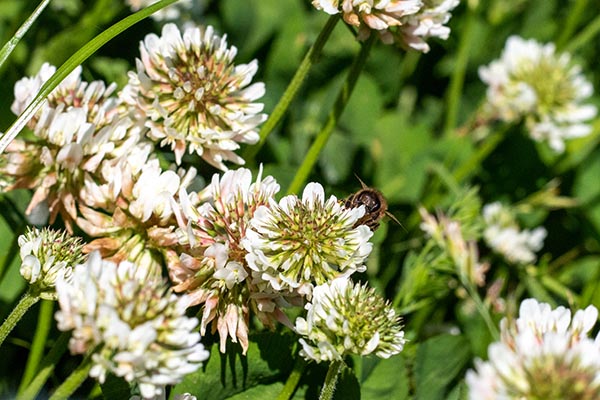
As well as providing habitats for insects and improving biodiversity, our wildflowers also help us out on the farm. The wildflowers attract pollinators, which are essential for crop pollination, plus the insects in the wildflowers act as a natural pest control on our crops.
Did you know that you can bring wildflowers into your own garden too? Set aside an area of lawn, part of a border, or if you are limited on space, a large container will do! Either stop mowing a patch of your lawn to encourage long grass to grow for insects to thrive in, provide shelter for small mammals and create feeding opportunities for birds. Or if you’d rather start from scratch, pick a spot of bare, unproductive soil and sow a wildflower seed mix in autumn, or spring if you have a heavy clay soil, rake the seeds, water thoroughly and wait for a beautiful patch of wildflowers to appear come summer.
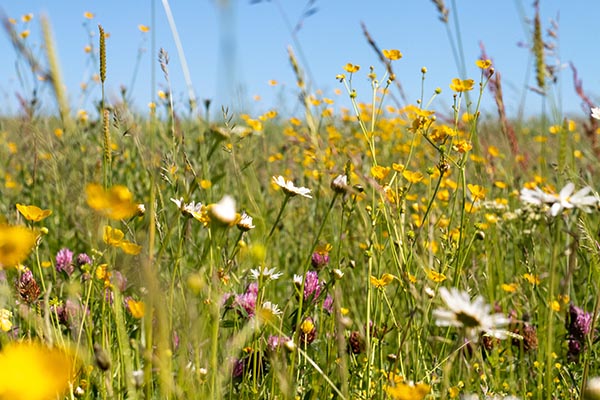
Here we have just some of the wildflowers growing in our wildflower meadow margins:
Oxeye Daisies
These are native daisies but are bigger and taller than the standard daisies you may see in your lawn. The yellow coloured centre of the oxeye daisy is packed full of pollen and nectar and attracts various pollinating insects such as butterflies, bees and hoverflies.
The heads of these plants can also be used to make chamomile tea.

Buttercups
The pretty yellow flowers are buttercups, they are very common in Britain thanks to our moist soils. They flower from May to August and attract flies, beetles and bees including honeybees.
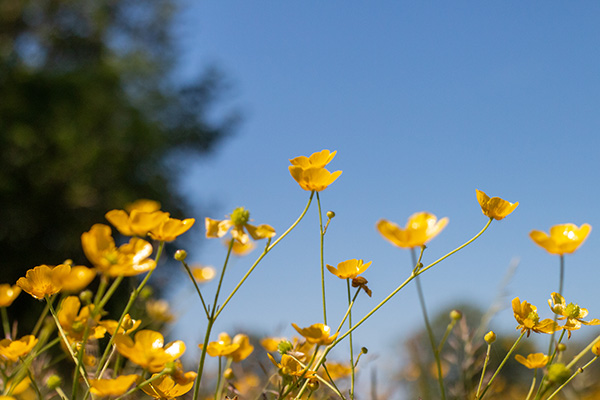
Clover
We have two types of clover growing: white clover and red clover. These are both very common in the UK and are typically found in meadows, lawns and roadsides. These clovers attract all kinds of bumblebees, and the white clover is particularly loved by the Common Blue butterfly. This lucky wildflower sometimes produces four-leaf clovers, so keep an eye out for one of these!
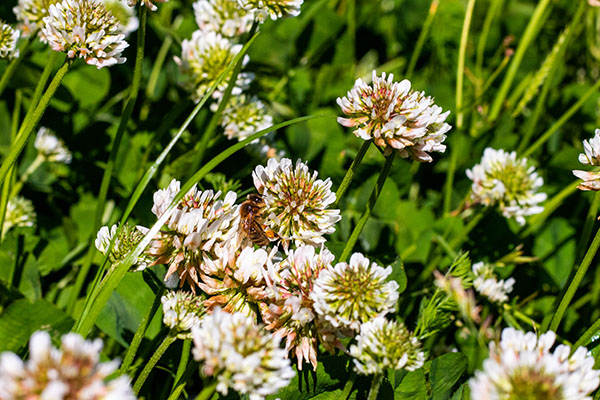
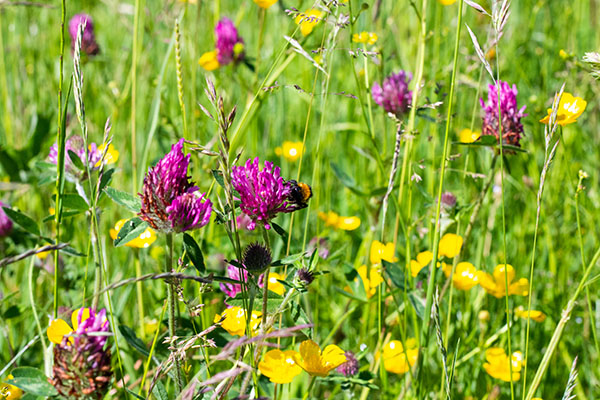
Common Knapweed
This purple flower looks very much like a thistle and is very common in our wildflower meadow margins. A favourite with butterflies, these flowers are often surrounded by Cabbage Whites and Meadow Browns!
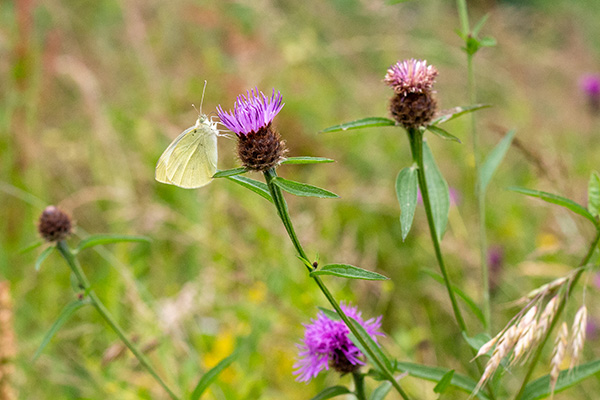
Tufted Vetch
These pretty violet flowers are a member of the pea family and flower from June to September. Also known as ‘cow vetch’ or ‘bird vetch’, it can be found in woodlands, grassland, and even coastal areas. When the seed pods are ripe, they turn black and have a similar shape to peapods.
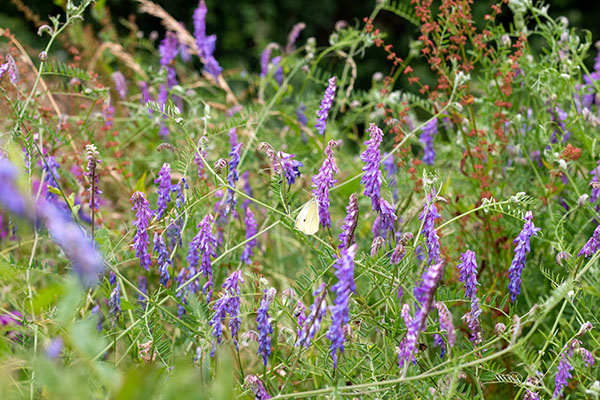
Sorrel
Commonly found in grasslands, woodland edges and roadside verges, as well as wildflower meadows, this delicate flower adds a sprinkling of bright crimson and pink throughout the green grasses. The arrow shaped leaves have a particularly tart taste, giving this plant its nickname of ‘sour ducks’.
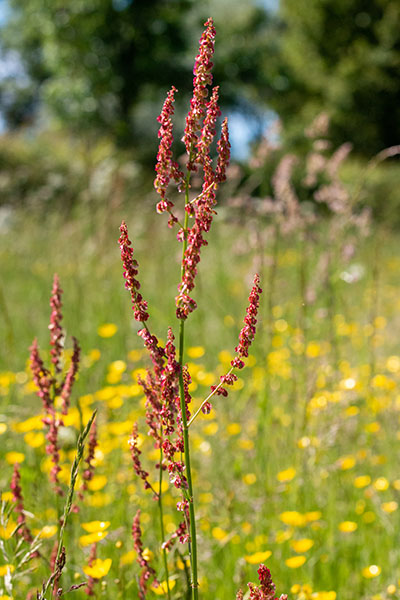
Cow Parsley
With umbrella-like clusters of white, frothy flowers, cow parsley grows very quickly in the summer before dying back. With large, flat umbrellas of small, white flowers and large, fern-like leaves, cow parsley stands out in a wildflower meadow. If you crush the leaves between your fingers, it will give out a very strong, aniseed scent.
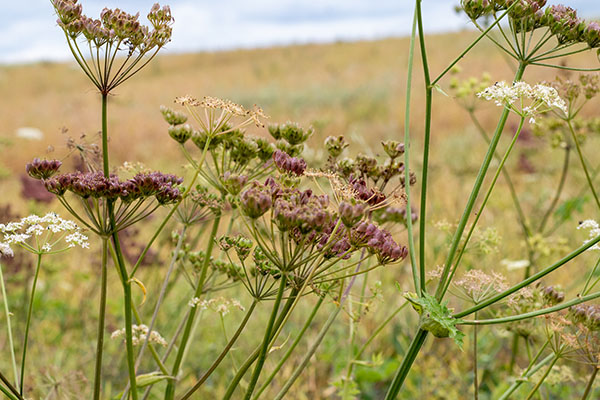
Wild Carrot
Similar to cow parsley, wild carrot has umbrella-shaped flower heads, which start out red and bloom into white flowers from June to September. The leaves and roots of wild carrot smell just like the carrots we cook in our kitchens, but the roots do not form the big, orange vegetable we are familiar with. This plant particularly like chalky soils.
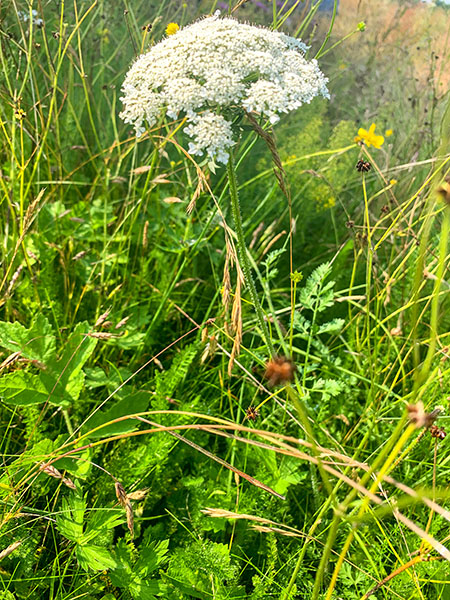

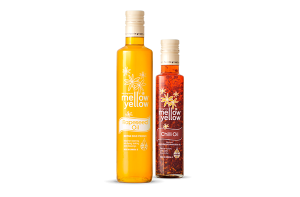 Oils
Oils Rapeseed Oil
Rapeseed Oil Chili Oil
Chili Oil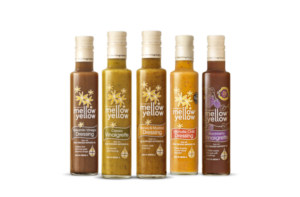 Dressings
Dressings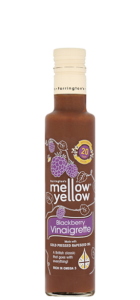 Blackberry Vinaigrette
Blackberry Vinaigrette Classic Vinaigrette
Classic Vinaigrette Balsamic Dressing
Balsamic Dressing Honey & Mustard
Honey & Mustard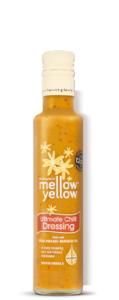 Ultimate Chilli Dressing
Ultimate Chilli Dressing




